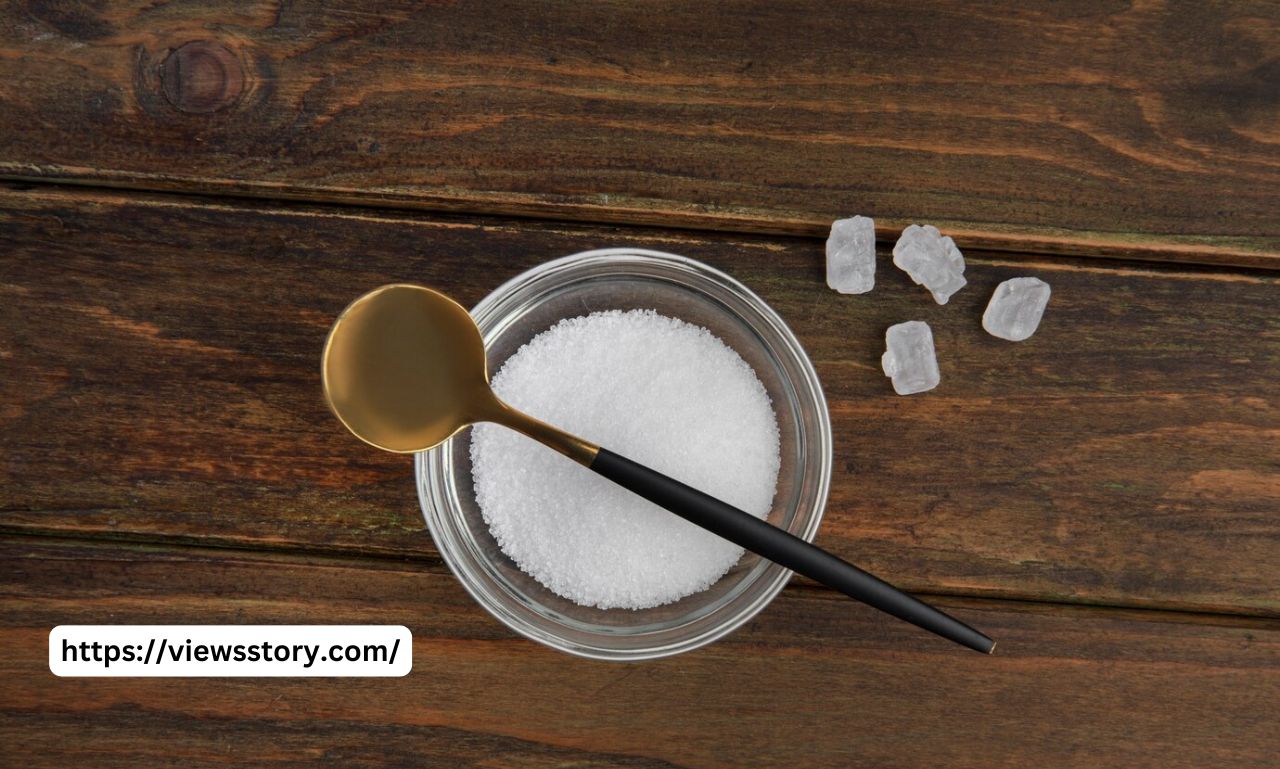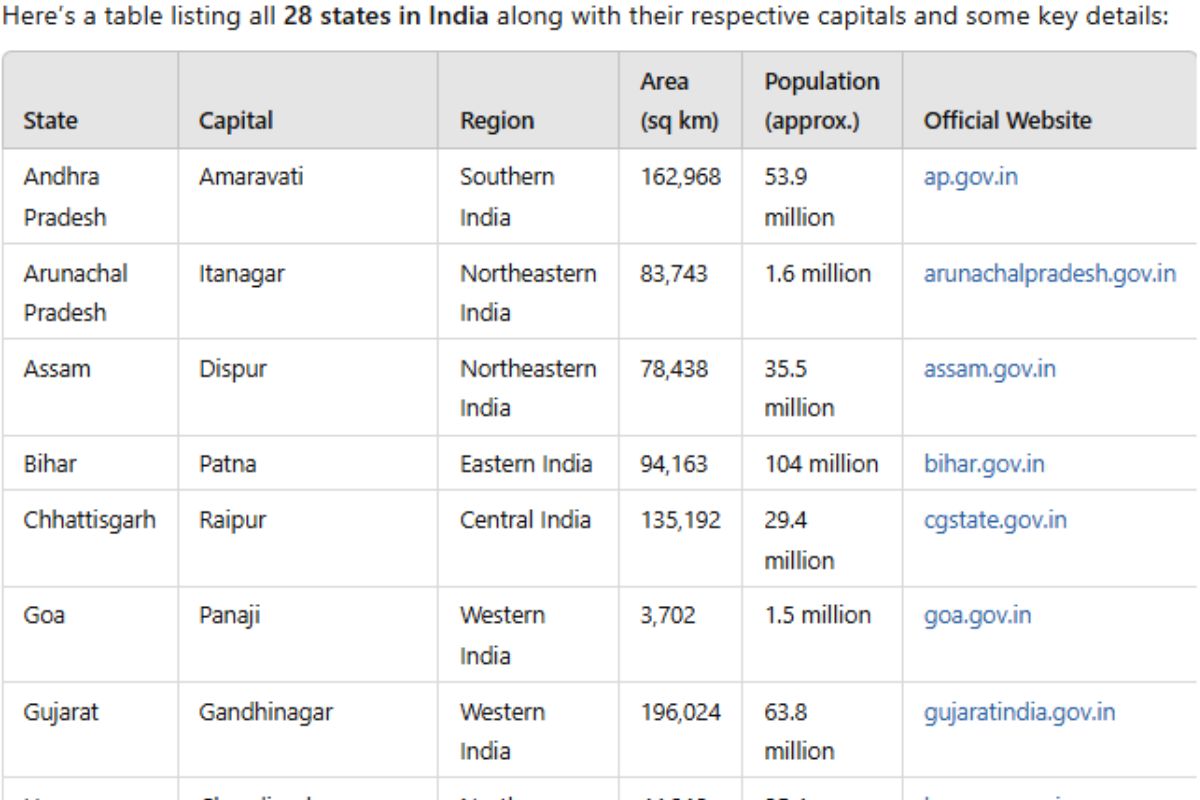When it comes to baking or cooking, precise measurements matter, especially when using sugar. Knowing how many grams are in a teaspoon can make your recipes more consistent and ensure the best possible outcome. In this article, we’ll explore how many grams of sugar are in a teaspoon, cover different types of sugar, and discuss variations due to texture and density.
1. What Is a Teaspoon of Sugar in Grams?
The number of grams in a teaspoon of sugar depends on the type of sugar used. Here’s a breakdown of common sugar measurements:
- Granulated Sugar: One level teaspoon of granulated sugar weighs about 4 grams.
- Powdered (Confectioner’s) Sugar: A teaspoon of powdered sugar weighs slightly less, around 2.8 grams due to its fine texture.
- Brown Sugar: Since brown sugar is denser, one teaspoon weighs around 4.5 grams when packed.
2. Types of Sugar and Their Weight in Teaspoons
Different types of sugar have different weights due to their varying textures and densities. Here’s how they differ:
Granulated Sugar
- Most common type used in baking and cooking.
- One teaspoon weighs about 4 grams.
Powdered Sugar
- Also known as confectioner’s sugar or icing sugar.
- Used for making frostings and dusting.
- Weighs approximately 2.8 grams per teaspoon.
Brown Sugar
- Contains molasses, which makes it heavier.
- Requires packing into the teaspoon.
- Weighs around 4.5 grams per teaspoon when tightly packed.
3. Factors That Affect the Weight of Sugar in a Teaspoon
The weight of sugar in a teaspoon can vary based on several factors:
- Type of Sugar: As mentioned, the texture and density of different sugars (granulated, brown, powdered) lead to weight variations.
- Packing: Whether sugar is loosely or tightly packed can affect how much fits in a teaspoon.
- Environmental Factors: Humidity can cause sugar to clump, making it heavier.
4. Why Accurate Measurements Matter
Precision is key in cooking and baking, especially for sugar, which impacts texture and flavor:
- Baking: Too much or too little sugar can affect the texture of baked goods, leading to crumbly or overly dense results.
- Cooking: Proper sweetness in sauces and dressings depends on precise sugar measurements.
5. Converting Grams to Teaspoons for Different Recipes
Converting between grams and teaspoons is essential for accurate recipes. Here’s a simple conversion table:
- 4 grams of sugar = 1 teaspoon of granulated sugar.
- 10 grams of sugar = 2.5 teaspoons.
- 20 grams of sugar = 5 teaspoons.
6. Alternatives to Granulated Sugar and Their Measurements
Many health-conscious individuals opt for alternatives to sugar. Here are a few common substitutes and their corresponding weight:
- Honey: One teaspoon of honey weighs approximately 7 grams.
- Agave Syrup: One teaspoon weighs about 6 grams.
- Stevia Powder: A concentrated alternative, with one teaspoon weighing only 1 gram.
7. Tools to Accurately Measure Sugar
Measuring accurately is crucial for consistent results. Here are some tools to use:
- Digital Kitchen Scale: Provides the most precise measurements by weighing sugar in grams.
- Measuring Spoons: Useful for smaller amounts of sugar, but they can vary slightly in capacity.
- Adjustable Measuring Cups: Helpful for accurately measuring both packed and unpacked sugar.
Conclusion
Understanding how many grams are in a teaspoon of sugar is essential for accurate cooking and baking. Whether you’re using granulated, brown, or powdered sugar, slight variations in texture and packing can affect the overall weight. Using proper measuring tools ensures your recipes turn out perfectly every time.






